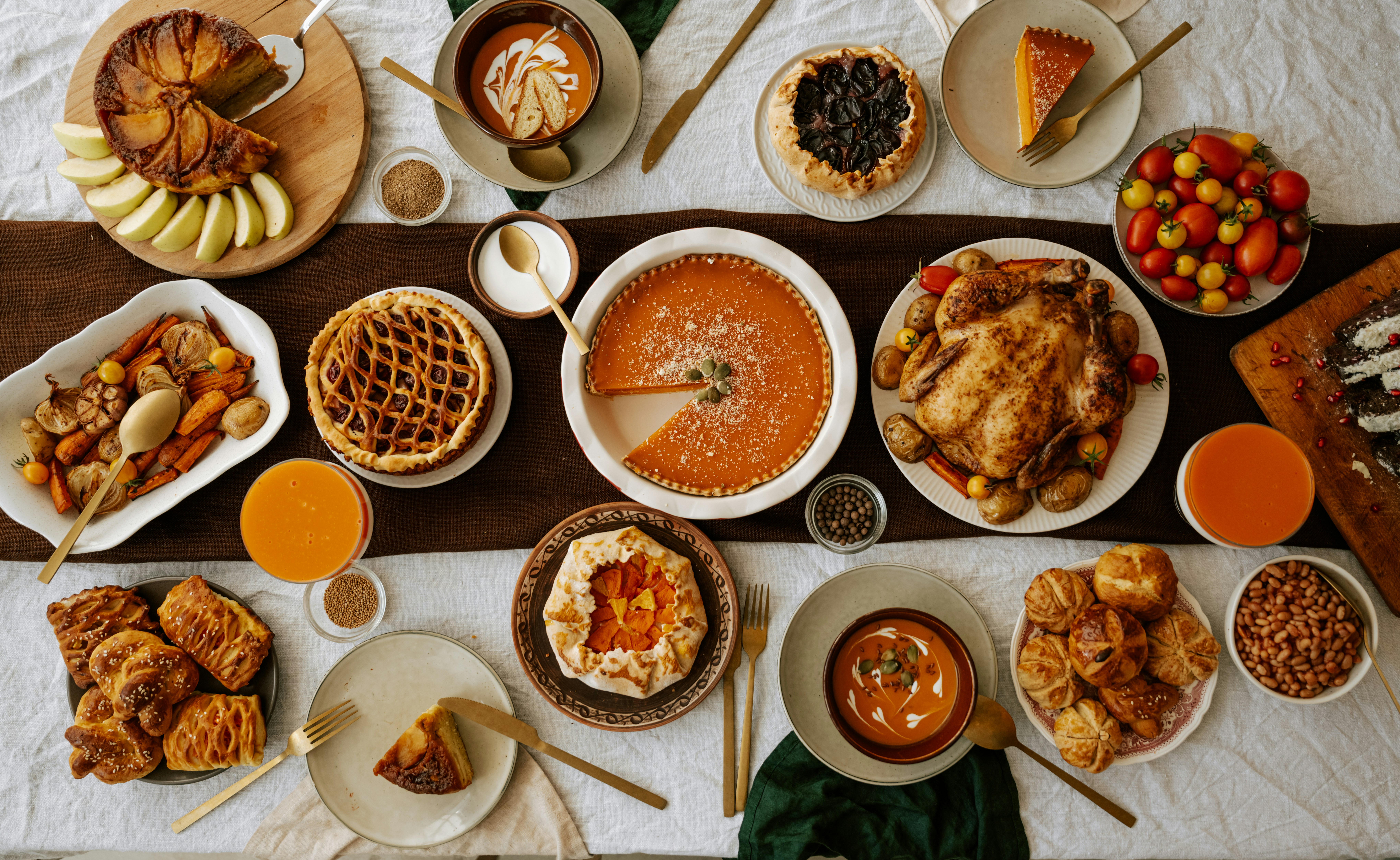
Food has always been more than just fuel for the body—it’s a language that transcends borders, dialects, and even generations. A shared meal can communicate care, express culture, and build bridges where words might falter. Across every continent, people have created traditions and rituals around eating together, from grand feasts to intimate family dinners. These moments allow us to connect in deeply human ways.
From childhood, our earliest memories often center around the table—birthday cakes glowing with candles, the comforting smell of a family recipe, or a holiday meal shared with loved ones. Such experiences become emotional anchors, tying us to a sense of belonging. Even in an increasingly digital world, the act of sitting down to share food remains one of the most tangible ways we express hospitality, gratitude, and love.
Food as a Cultural Bridge
When we taste dishes from other cultures, we’re not just eating; we’re experiencing history, geography, and identity. Every spice, cooking method, and ingredient tells a story about the place it came from. Immigrant families often preserve their heritage through recipes, passing them down like heirlooms.
In multicultural cities, restaurants often serve as gateways to new worlds. A plate of sushi, a bowl of pho, or a slice of baklava can spark curiosity and invite conversations about traditions, migration, and values. By engaging with these foods, we don’t just satisfy our taste buds—we honor the stories of people and communities behind them.
The Role of Shared Meals in Building Trust
Eating together is one of the most effective ways to foster trust, whether in friendships, families, or even business relationships. Psychologists have noted that sharing food can increase feelings of safety and cooperation. Meals offer a relaxed environment where walls come down and genuine dialogue can happen.
In workplaces, team lunches can boost camaraderie and improve collaboration. In diplomacy, state dinners can lay the groundwork for negotiations and treaties. Around the family table, shared meals create opportunities to check in, support one another, and strengthen the bonds that make communities resilient.
Food in Celebrations and Rituals
Around the globe, life’s milestones are almost always marked with food. Weddings, religious festivals, graduations, and national holidays often center around carefully prepared dishes that carry symbolic meaning. These foods link us to the past while marking moments of joy in the present.
The Fourth of July in the United States wouldn’t feel complete without barbecues and pies. In India, sweets like laddoos and jalebis are essential for Diwali celebrations. During Thanksgiving, the turkey on the table becomes a symbol of gratitude and togetherness. These traditions turn meals into living expressions of culture and community.
Food as a Comfort and Healing Tool
Beyond celebrations, food also plays a role in offering comfort during difficult times. A warm bowl of soup brought to a sick friend or a casserole delivered to a grieving family is more than a gesture—it’s a tangible act of care. Comfort foods often carry personal significance, reminding us of home, safety, and affection.
Science even supports the emotional impact of certain dishes. Familiar flavors can trigger the release of dopamine, lifting our mood. For many, food becomes a coping mechanism, a way to anchor themselves during periods of stress or uncertainty. While mindful eating is important, the emotional role of comfort food can’t be overlooked.
The Digital Age of Food Connection
In recent years, social media has transformed how we connect through food. Platforms like Instagram, TikTok, and YouTube have turned meals into visual stories, inspiring millions to try new recipes and explore global cuisines. Virtual cooking classes allow friends and families separated by distance to cook “together” from different corners of the world.
While the online food space has its downsides—such as unrealistic presentation standards—it also expands our culinary horizons. People now have access to recipes and food traditions that might have once been confined to a single region. This digital sharing keeps the tradition of food as a connector alive, even when physical distance is a factor.
Breaking Bread in a Divided World
At a time when the world can feel increasingly polarized, sharing a meal remains one of the simplest ways to find common ground. Sitting together at the same table, we’re reminded of our shared humanity. Food encourages presence—it asks us to slow down, savor, and engage with those around us.
The table can be a place of diplomacy, healing, and understanding. Whether it’s neighbors meeting over coffee, strangers sharing a table at a busy café, or leaders toasting over a state dinner, the act of eating together can chip away at barriers. It’s a reminder that while our perspectives may differ, our need for nourishment and connection is universal.
If you’d like, I can also create a shorter, magazine-style version of this article that’s optimized for online readers while keeping the emotional impact intact. That way, you’d have both a full-length piece and a snappier version for quicker consumption. Would you like me to do that next?